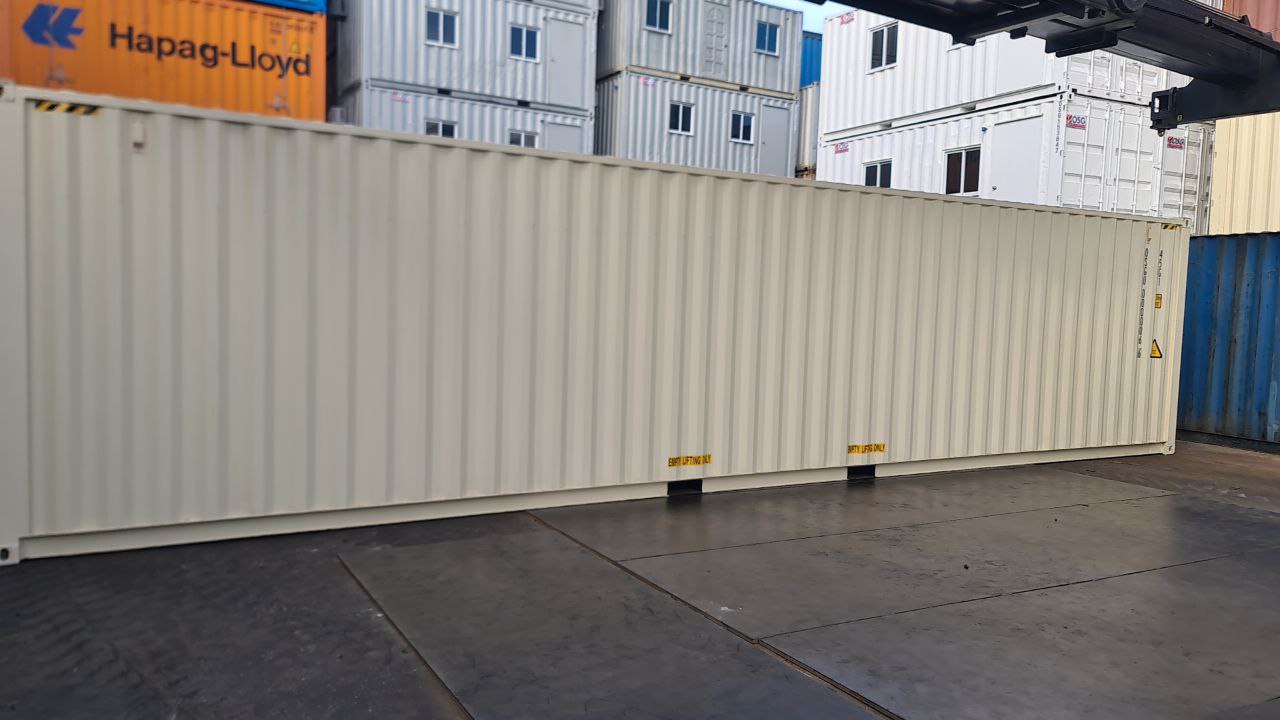The Rise of Pop-Up Shops: How Shipping Containers Are Changing Retail

In recent years, the retail landscape has undergone a remarkable transformation, with one of the most intriguing developments being the rise of pop-up shops. These temporary retail spaces, often housed in unconventional locations, have captured the imagination of both businesses and consumers. Among the innovative formats gaining traction is the use of shipping containers as pop-up shops. This approach is reshaping retail experiences and redefining the possibilities for brands and entrepreneurs alike.
The Emergence of Pop-Up Shops
Pop-up shops are temporary retail spaces that appear for a limited time, often in unexpected locations. They provide brands with a unique opportunity to engage with customers in a novel way, generate buzz, and test new markets or products. The concept has evolved from simple kiosks or temporary stalls to more elaborate and immersive experiences, with shipping containers emerging as a versatile and eye-catching solution.
Why Shipping Containers?
Shipping containers, originally designed for transporting goods across oceans, are proving to be a game-changer in the retail world. Their adaptability, affordability, and striking appearance make them ideal for pop-up shops. Here’s why shipping containers are becoming a popular choice:
- Flexibility and Mobility:
Shipping containers offer unparalleled flexibility in terms of location. They can be easily transported and placed in various settings, from urban streets to rural festivals. This mobility allows brands to reach different audiences and create unique shopping experiences tailored to specific locations.
- Cost-Effectiveness:
Compared to traditional retail spaces, setting up a shop in a shipping container is often more cost-effective. The initial investment is lower, and the container’s durability reduces long-term maintenance costs. This affordability makes it an attractive option for startups, small businesses, and even established brands looking to experiment without committing to a permanent space.
- Sustainable and Eco-Friendly:
As sustainability becomes increasingly important, using shipping containers for retail aligns with eco-conscious values. Repurposing containers reduces waste and minimizes the need for new construction materials. Brands can also incorporate eco-friendly practices into their container shops, such as solar panels for energy or rainwater harvesting systems.
- Unique Aesthetic Appeal:
The industrial look of shipping containers adds a distinctive edge to retail environments. Their rugged appearance can be a powerful contrast to traditional retail settings, helping brands stand out and attract attention. The versatility of containers allows for creative customization, from vibrant paint jobs to modular designs that can be adapted to different themes or campaigns.
Successful Examples of Container Pop-Up Shops
Several high-profile brands and entrepreneurs have embraced shipping container pop-up shops, demonstrating their potential to revolutionize retail:
- Container Park in Las Vegas:
Las Vegas’s Container Park is a prime example of how shipping containers can be used to create a vibrant shopping and entertainment district. The park features a variety of shops, restaurants, and even a playground, all housed in repurposed containers. This innovative space has become a popular destination, showcasing the potential of containers to foster community and attract visitors.
- Nike’s Container Pop-Up Stores:
Nike has utilized shipping containers for several pop-up stores around the world, including a container shop in Tokyo’s Shibuya district. These container stores allow Nike to create immersive brand experiences and engage with customers in high-traffic areas, enhancing their visibility and connection with local markets.
- The Goodhood Store in London:
London-based fashion retailer The Goodhood Store has used shipping containers for temporary retail installations. By setting up containers in different locations, they’ve been able to create exclusive, limited-edition shopping experiences that draw in customers and generate excitement around new product launches.
The Future of Container Pop-Up Shops
The trend of using shipping containers for pop-up shops is likely to continue growing as brands seek new ways to engage with consumers. The adaptability of containers allows for endless possibilities, from interactive events to immersive brand experiences. As technology advances and consumer expectations evolve, we can expect to see even more innovative uses of shipping containers in the retail space.
Moreover, the integration of digital technologies such as augmented reality (AR) and interactive displays will further enhance the potential of container pop-up shops. These advancements will enable brands to create even more dynamic and personalized shopping experiences, pushing the boundaries of what’s possible in temporary retail environments.
Conclusion
The rise of shipping container pop-up shops represents a significant shift in the retail industry. Their flexibility, cost-effectiveness, and unique aesthetic appeal make them an attractive option for brands looking to make a splash in the market. As this trend continues to evolve, we can anticipate even more creative and impactful uses of shipping containers in the world of retail. For businesses and entrepreneurs, embracing this innovative approach could be the key to standing out and captivating today’s ever-demanding consumers.

